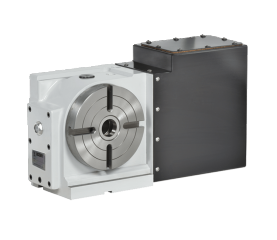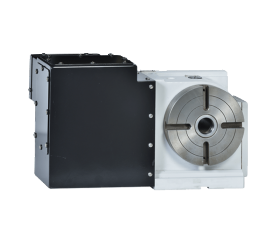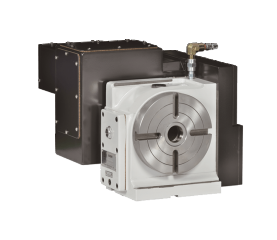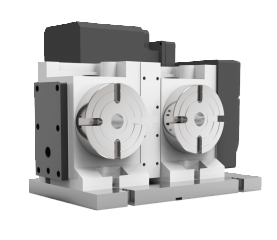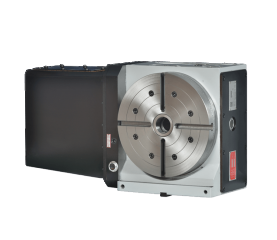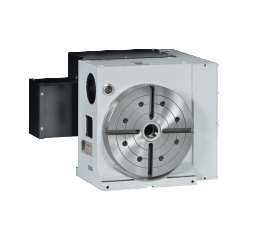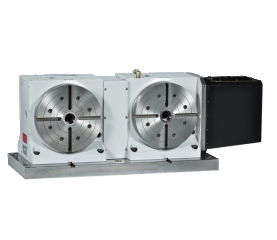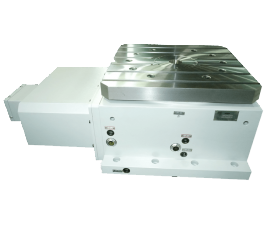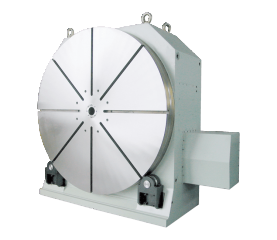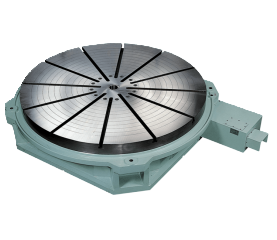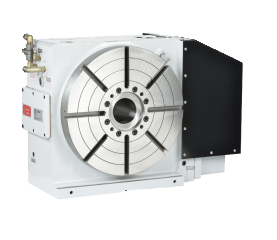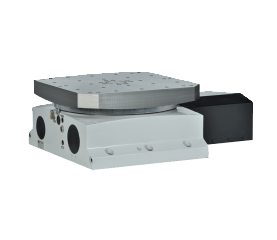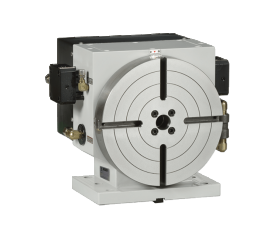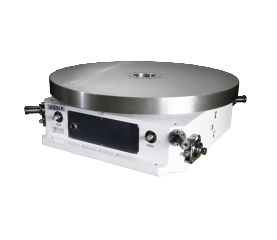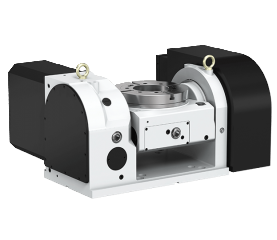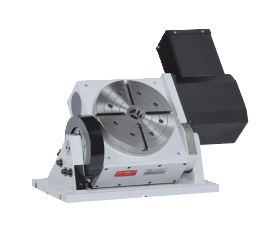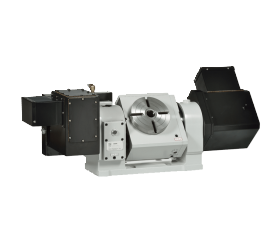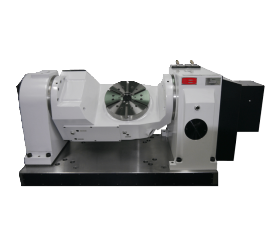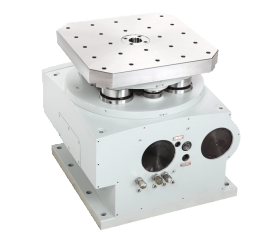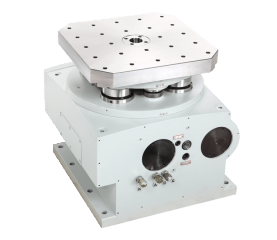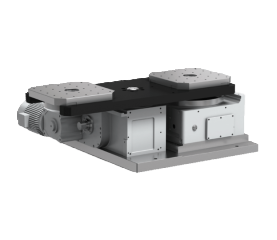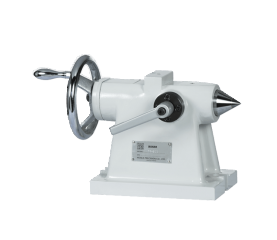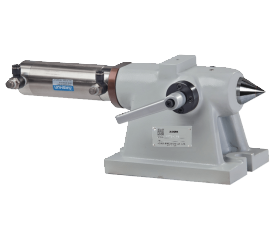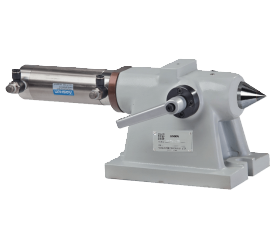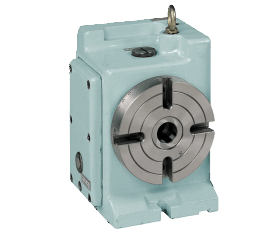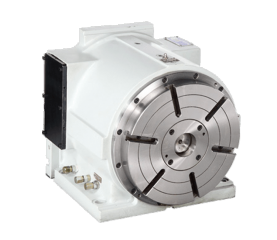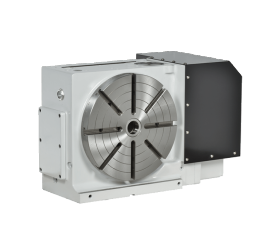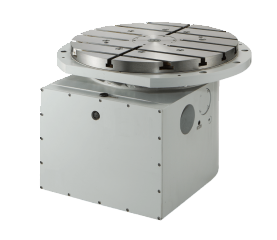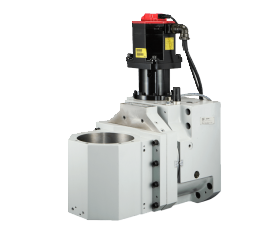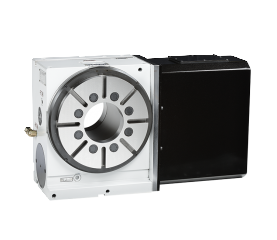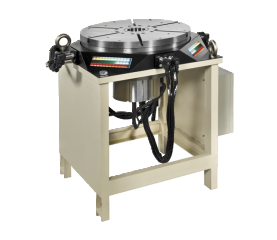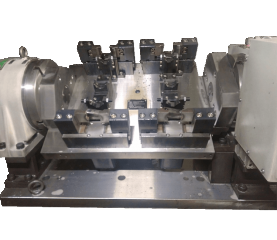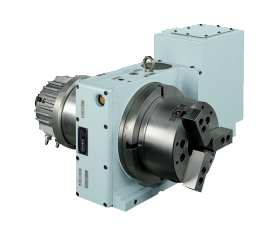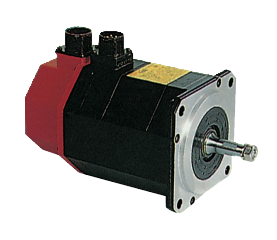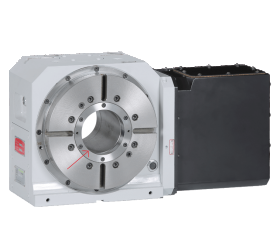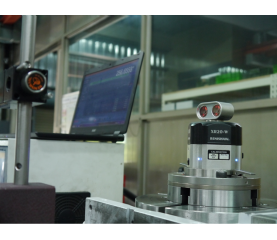A Guide to CNC Machining: Differences between 3-Axis and 5-Axis Models
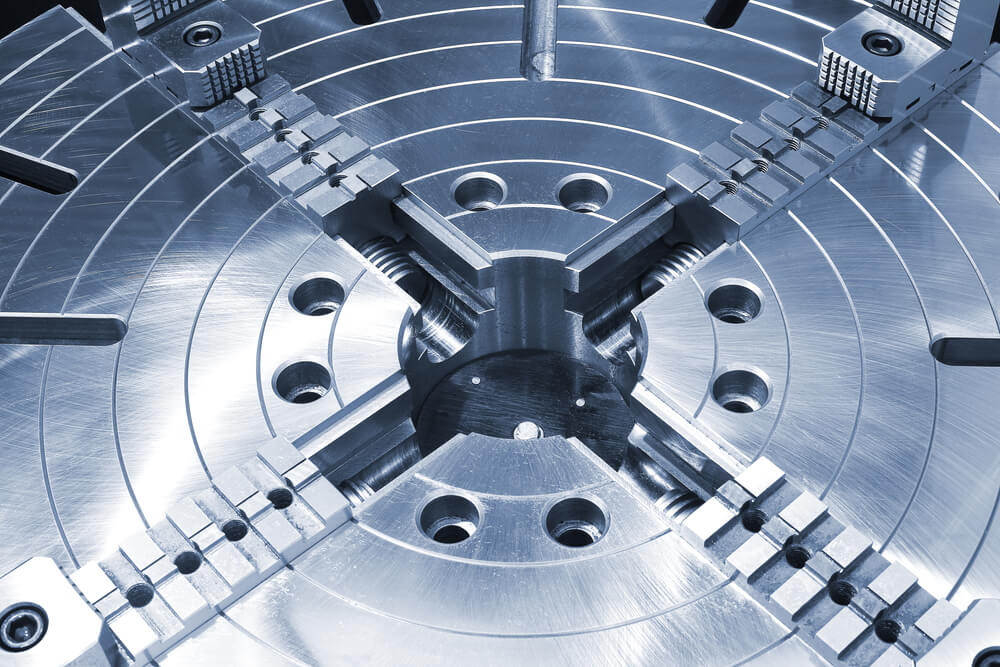
Technology advancements are limitless, and this holds true for the precision machining industry as well. Over the years, CNC machining has exhibited ongoing enhancements and refinements. It has evolved from 3-axis machining with restricted control over working angles to the present state of highly sophisticated 5-axis models, which are renowned for their precision in cutting operations. This progress in machinery development highlights the boundless potential within the field. With more choices of machinery available, the realm of manufacturing is endowed with greater opportunities for innovations.
CNC 5-Axis Machining at a Glance
The advent of CNC 5-Axis machining represents an advancement in manufacturing – this method enhances precision, efficiency, and versatility compared to its predecessors. 5-Axis machining involves all five axes moving collaboratively to craft intricate parts simultaneously as the number of axes refers to the number of directions the CNC machine tool is able to move.
Complete automation is facilitated through CNC, with the 5-axis model enhancing conventional 3-axis machines by enabling table tilting and workpiece rotation. This extra flexibility allows intricate geometries, boosting precision, efficiency, and the ability to fabricate up to five faces at once. 5-axis machinery streamlines complex structure production, minimizing setup, time, and costs while maintaining high yields, accuracy, movement freedom, and faster manufacturing of larger parts.
[Link to blog post #5 5-axis guide]
5-axis Machining on the Rise
To understand why 5-axis machining stands out, we need to take a look at traditional 3-axis machining first:
Traditional 3-axis machining: cost-effective yet time-consuming
Traditional 3-axis machines operate solely with three axes: X, Y, and Z, and the directions of a 3-axis machine are left to right, front to back, and up to down. This limited range of movement often requires the repositioning of parts in order to achieve high-quality surface finishes in more intricate operations. The overall costs of 3-axis machines are relatively low, so it is more suitable for those with tight budgets.
The repositioning process of 3-axis machines not only adds extra time but also increases the likelihood of errors. Moreover, it can be difficult for these 3-axis machines to reach deep or narrow cavities in designs, so parts with complex shapes must be repositioned manually. Hence 3-axis machining is more suitable for cutting flat surfaces because this manual repositioning slows down process speed and raises labor and machine costs.
There are two main types of traditional 3-axis machines: CNC milling machine and CNC turning machines (lathe with rotating spindles).
- CNC milling machine: Material block is fixed to a vice or machine bed. Drills or cutting tools connected to the spindle then move along the axes and remove shavings to form the final product. This fixed material block makes it difficult to form complex shapes but is excellent for creating simple parts.
- CNC turning machine: Material block is attached to a spinning spindle making it easier, faster, and cheaper to create a product. The lathe then gives shape to the component. The CNC lathe turning process is great for production runs with high-volume.
Why is 5-axis machining more advantageous?
Compared to 3-axis, 5-axis machining adds two extra axes. These two axes are utilized by a work material-holding table that can rotate 360 degrees around the cutting tool. This eliminates manual repositioning and facilitates side-cutting operations. 5-axis machining is efficient for complex part fabrication across various industries, including aerospace and medical fields.
There are various types of 5-axis machines, and they offer substantial advantages over 3-axis models, saving time and yielding significant benefits. Benefits of 5-axis machining include:
- Precise cutting and smoother operation
- Single-step machining and better finishes
- Countless applications in different industries
CNC Machining Advancement: 3+2, 4+1, and full 5-axis models
As the manufacturing industry embraces increasingly automated processes, the demand for more intricate end-products also grows. That’s why CNC Machining has developed a variety of models to meet clients’ needs:
3+2 model
3+2 machining allows for shorter and more rigid cutting tools to be used that otherwise would not be compatible with a 3-axis machine. Using a shorter tool enables faster feeds and speeds with less machinery deflection. This results in good quality products with less production time.
3+2 model = X, Y, Z (3 simultaneous axes) + A-axis (1 tilting table axis) + C-axis (1 table rotation axis)
- Five-sided machining: process five sides in a single set-up
- Produces highly complex 3D shapes
- Fewer machine setups
4+1 model
Unlike the 3+2 machining, 4+1 allows four axes to be working simultaneously while only one axis is in a fixed position.
4+1 model = 4 simultaneous axes + 1 fixed axis (tilting or rotary)
Full 5-axis model
In a full 5-axis machine, all five axes are working at the same time. This makes it easier to create complex shapes and designs with very little setup. This process is more valuable in industries whose parts require the machining of five faces.
Unlike 3+2 and 4+1 models, the 5-axis machine has five movements: left to right, front to back, top to bottom, tilt forward and back, and tilt left to right. All of these movements can be done by the machine with no manual repositioning needed. This allows the 5-axis machine to create complex shapes and designs on its own.
5 simultaneous axes (including tilting and rotary)
- Simultaneously rotate the two rotation-axis while the cutting tool moving linearly in XYZ coordinate
- RTCP (Rotation Tool Center Point) functionality: keeps cutting tools at a relatively fixed position during machining while adjusting the angle of the workpiece – this allows for the machining process to compete in one setup without repeated repositioning
HOSEA’s Unparallel 3+2 Machining Models
With over 55 years in CNC development and manufacturing, HOSEA’s expertise is unmatched. HOSEA is the pioneering rotary table supplier with AS9100 aerospace-quality certification, and we are Taiwan's largest CNC 5-Axis rotary table provider. While HOSEA's CNC 5-axis tables have cemented our clients’ leadership in industrial machining, HOSEA's most comprehensive product line is our customized solutions and AIoT solutions. HOSEA's competitiveness lies in precision, quality and our AIoT solutions that enable our clients to achieve automation.
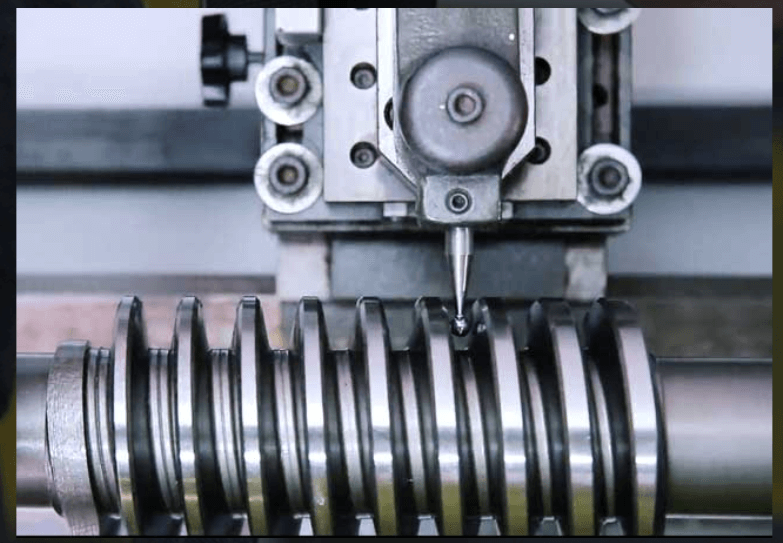
Enjoy the World-class Machining Tools from HOSEA
At HOSEA Precision, quality always comes first. With aerospace-quality and precision, our CNC rotary tables have been widely adopted in the European market. Get a quote today and learn more about our models!

